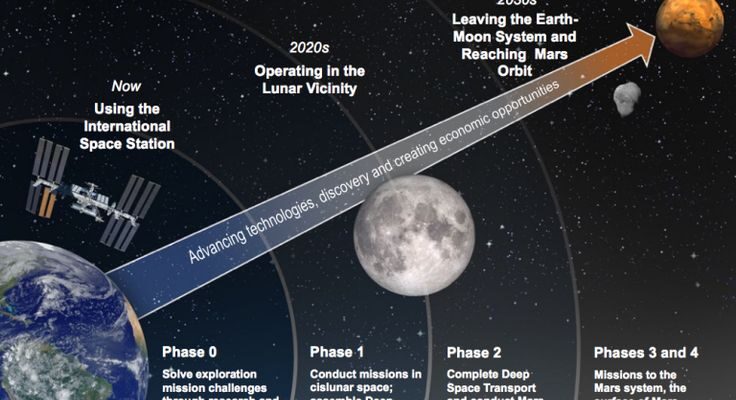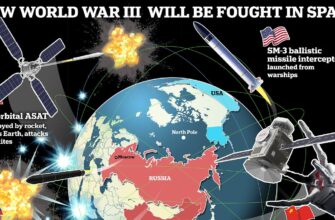In a world often characterized by diplomatic frostiness and geopolitical maneuvering, one realm consistently stands as an intriguing outlier: the vast expanse of space. Here, the traditional Earth-bound rivalries frequently give way to a collaborative spirit, a necessity born of the inherent challenges of venturing beyond our planet.
A Unique Trajectory Amidst Tumult
Recently, Dmitry Peskov, the press secretary for the Russian President, highlighted this peculiar phenomenon, stating that space cooperation between Russia and the United States “stands apart” and remains a “very positive factor.” His comments came as the head of Roscosmos, Dmitry Bakanov, embarked on a significant visit to the U.S. for high-level talks with acting NASA chief Sean Duffy. It`s a curious human trait, isn`t it? To bicker over terrestrial borders while simultaneously extending hands across cosmic voids, sharing the same complex machinery and life support systems hundreds of miles above the planet.
This enduring partnership is not a new development. For decades, the U.S. and Russia (and previously the Soviet Union) have navigated complex political currents on Earth while maintaining critical space ties. The International Space Station (ISS), a marvel of engineering and international collaboration, serves as the most prominent example. This orbital outpost, a patchwork of modules from various nations, would simply not exist, nor could it operate safely, without the continuous interdependence of Roscosmos and NASA. It`s a delicate dance of shared responsibility, where a faulty component or a missed communication could have catastrophic consequences for astronauts and cosmonauts alike, irrespective of their nationality.
The Practicalities of Progress
Bakanov`s visit to the U.S. underscores the pragmatic nature of this cooperation. Beyond the formal discussions with NASA leadership, a particularly poignant moment on his agenda was a meeting with the crew of the Crew Dragon spacecraft, which includes Russian cosmonaut Oleg Platonov. This detail is not merely symbolic; it represents the operational reality of human spaceflight today. While new commercial partners are emerging, the established infrastructure and expertise of both nations remain integral for reliable access to the ISS and for future complex missions. The sharing of crew transport capabilities, be it Russian Soyuz capsules or American Crew Dragon vehicles, is a testament to this practical necessity.
Why does this cooperation persist even when diplomatic channels on other fronts are strained, to put it mildly? The answer lies in the unique demands of space exploration. It is exorbitantly expensive, incredibly complex, and inherently dangerous. No single nation possesses all the resources, technologies, or expertise to tackle every challenge alone. From launching heavy payloads to developing life support systems for long-duration missions, the benefits of shared burdens and pooled intellect far outweigh the perceived political inconveniences. The vacuum of space, it seems, is far less permeable than the vacuum of political trust sometimes found on Earth.
A Beacon for Future Endeavors
This continued collaboration in space offers a quiet yet powerful counter-narrative to the prevailing international tensions. It serves as a reminder that fundamental human curiosity and the drive for scientific advancement can, at times, transcend the complexities of earthly governance. While the specifics of lunar missions or deeper space exploration might see new rivalries emerge, the foundational elements of safe and efficient human presence in low-Earth orbit continue to rely on this established and robust partnership.
As humanity looks towards returning to the Moon and eventually venturing to Mars, the lessons learned from decades of US-Russia space cooperation will be invaluable. It is a pragmatic alliance built on shared objectives, mutual respect for technical prowess, and the understanding that some frontiers are simply too vast and too important to explore in isolation. Perhaps, if our leaders on Earth could emulate a fraction of the collaborative spirit required to launch and sustain a space station, many of our planet-bound problems might find more elegant solutions.








